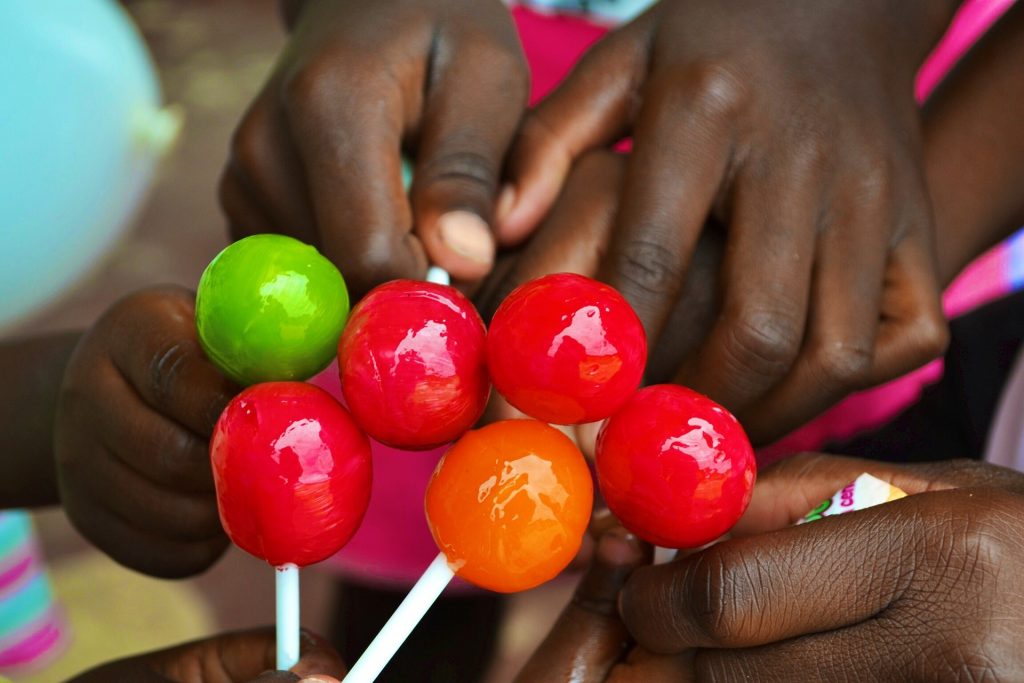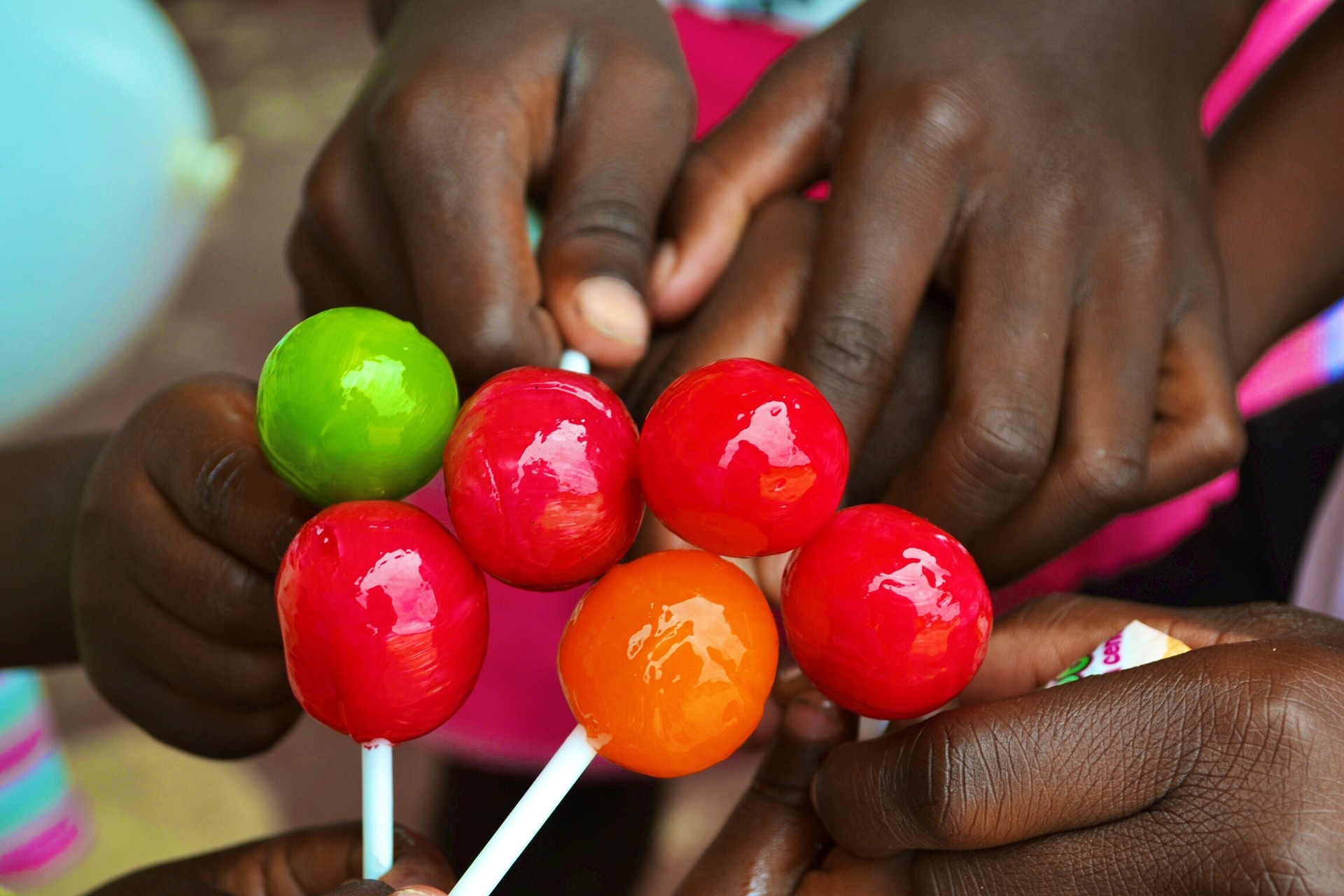The Unmute Yourself blog series is an expression of thoughts and experiences within international development, the authors have chosen to maintain anonymity.
The authors of this piece work with an international charity organisation.
A 1985 publication by the New Internationalist argued that “however well-intentioned child sponsorship may be, the kernel is the creation of a paternalistic relationship which is unnecessary and potentially harmful.” The argument has always been that child sponsorship “plays on Western individualism and the donor’s desire to visualize and obtain feedback from the recipient of the aid.” Yet child sponsorship remains the fundraising jewel for many of the International Non-Governmental Organizations (INGOs) and international charities worldwide. In 2019 alone, sponsored children were estimated to be between 8 to 12 million children across the world.
In 2019, World Vision reported sponsoring 3.4 million children globally through its overall annual expenditure of around $2.1 billion while Plan International, a UK charity, raised approximately $436 million or about 40% of its 2020 annual income directly from sponsorship donations. In the same period, Compassion International sponsored 1.9 million children and raised $755 million of its annual income raised through Child Sponsorship programmes.
Conventional child sponsorship, like a lot of other development work, is designed to position recipients as static, helpless, and uninvolved in their “rescue” by donors.
These statistics alone are enough to indicate how much of a cash cow child sponsorship is. However much child sponsorship remains a fundraising jewel due to its reliability in achieving regular private giving, we need an honest re-evaluation of this practice lest our “philanthropy” spirit is taken to perpetuate a white saviour mentality. Child sponsorship programmes are not only paternalistic but also go a long way in commodifying children – all the while serving to make those in the Global North feel good about themselves because the Sponsorship programmes provide a relatively inexpensive way to “make a difference.”

Inequality lies at the heart of most of the child sponsorship models. Take a look at a study commissioned by Compassion International which notes that “sponsored children realize 1.38 more years of schooling than their unsponsored siblings and 1.79 more years of schooling than their unsponsored peers.” This is not only inequality between the Global North and the Global South but it also perpetuates inequality among the children as classifications of the sponsored vs non-sponsored children, registered vs non registered children pop up.
The children have to endure long periods of waiting and hoping to be chosen which, obviously, can be a frustrating and,depending on the outcome, sometimes a devastating experience for kids. The INGOs use terminologies like “CHOSEN” to market their child sponsorship programs. One would ask if some are chosen, are the others rejected? As if that is not enough, conventional child sponsorship, like a lot of other development work, is designed to position recipients as static, helpless, and uninvolved in their “rescue” by donors. It showcases children as objects of pity rather than partners and people capable of turning around their own lives. This article is not an attack on individual donors in the Global North trying to do the right thing. Those of us that have had a chance to work in the humanitarian sector with the biggest INGOs in the world can testify how we have seen first-hand instances where the lives of many children and communities have been transformed for the better through child sponsorship initiatives. The problem is that this transformation also comes at a cost, part of a centuries’ long colonial and paternalistic pattern that views the Global South as needy and people in the Global North as saviours. We should all agree that child sponsorship feeds into asymmetrical power relations of development wherein “blackness embodies poverty and ignorance and whiteness signals wealth, knowledge, and the bringer of aid.”
It showcases children as objects of pity rather than partners and people capable of turning around their own lives.
A fix to the system is needed and this fix should be now. Child sponsorship should no longer be viewed as a charitable act that targets symptoms and short-term fixes, instead of root causes, thus promoting band-aid solutions to complex systemic problems. Actors in the development sector need to get involved in important conversations about social historical processes that systematically reproduce material, discursive and political inequalities. To change the terrain, we must discuss it and it is our hope that we begin doing so now.

